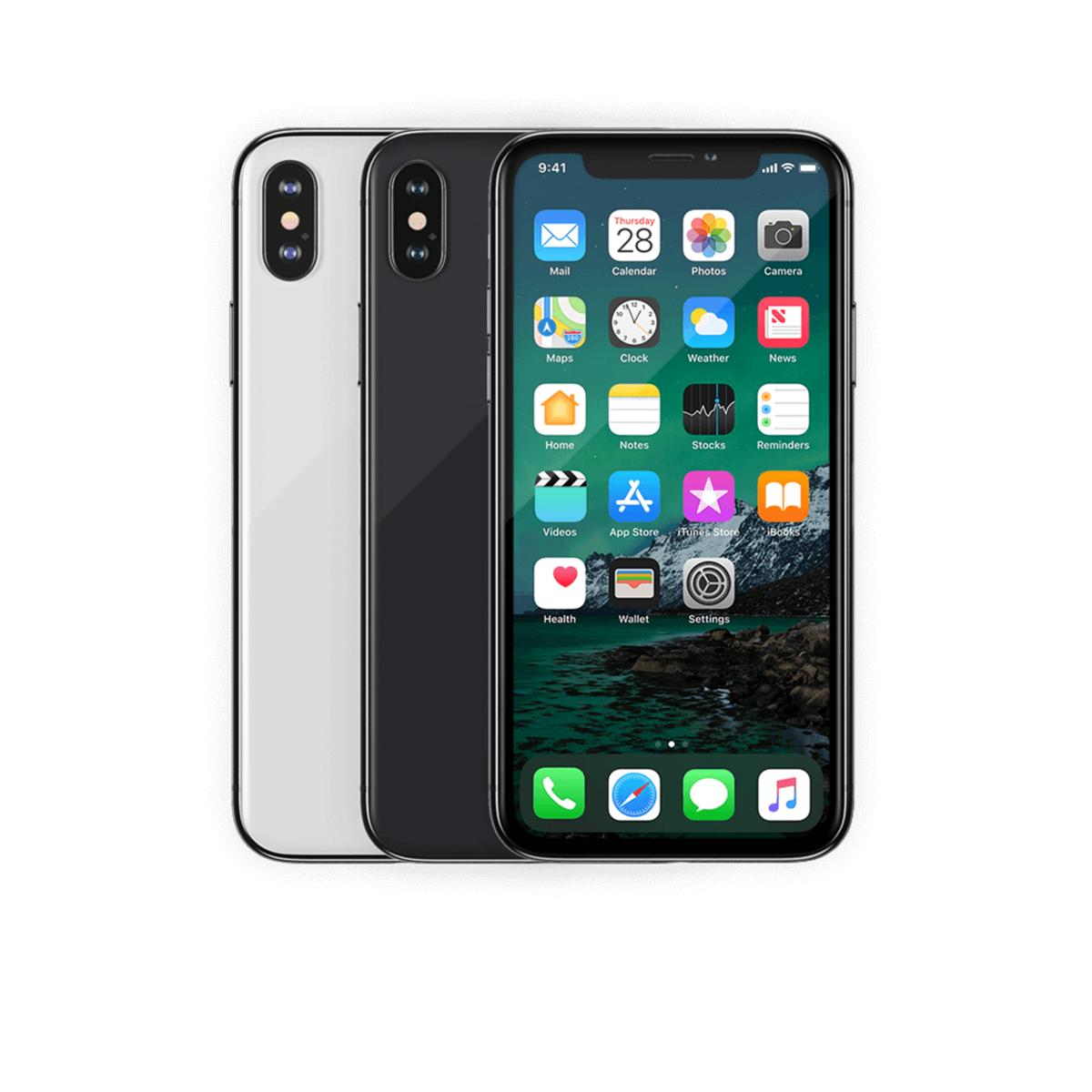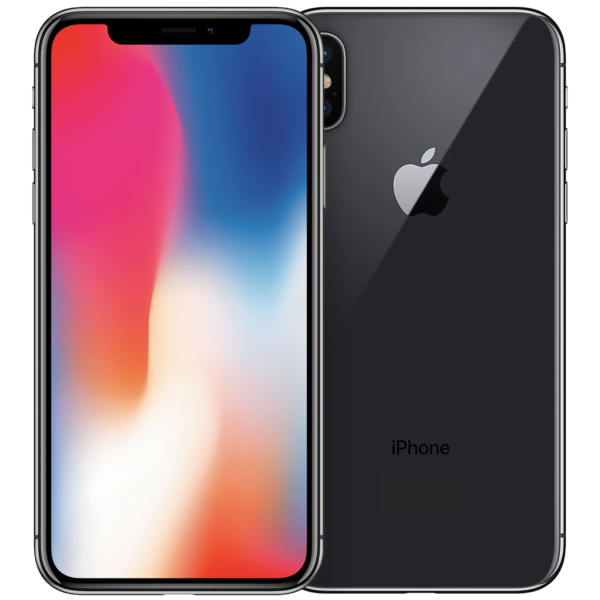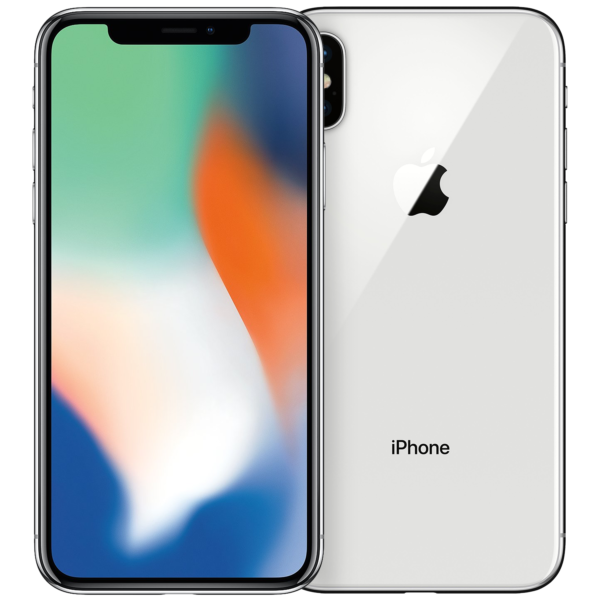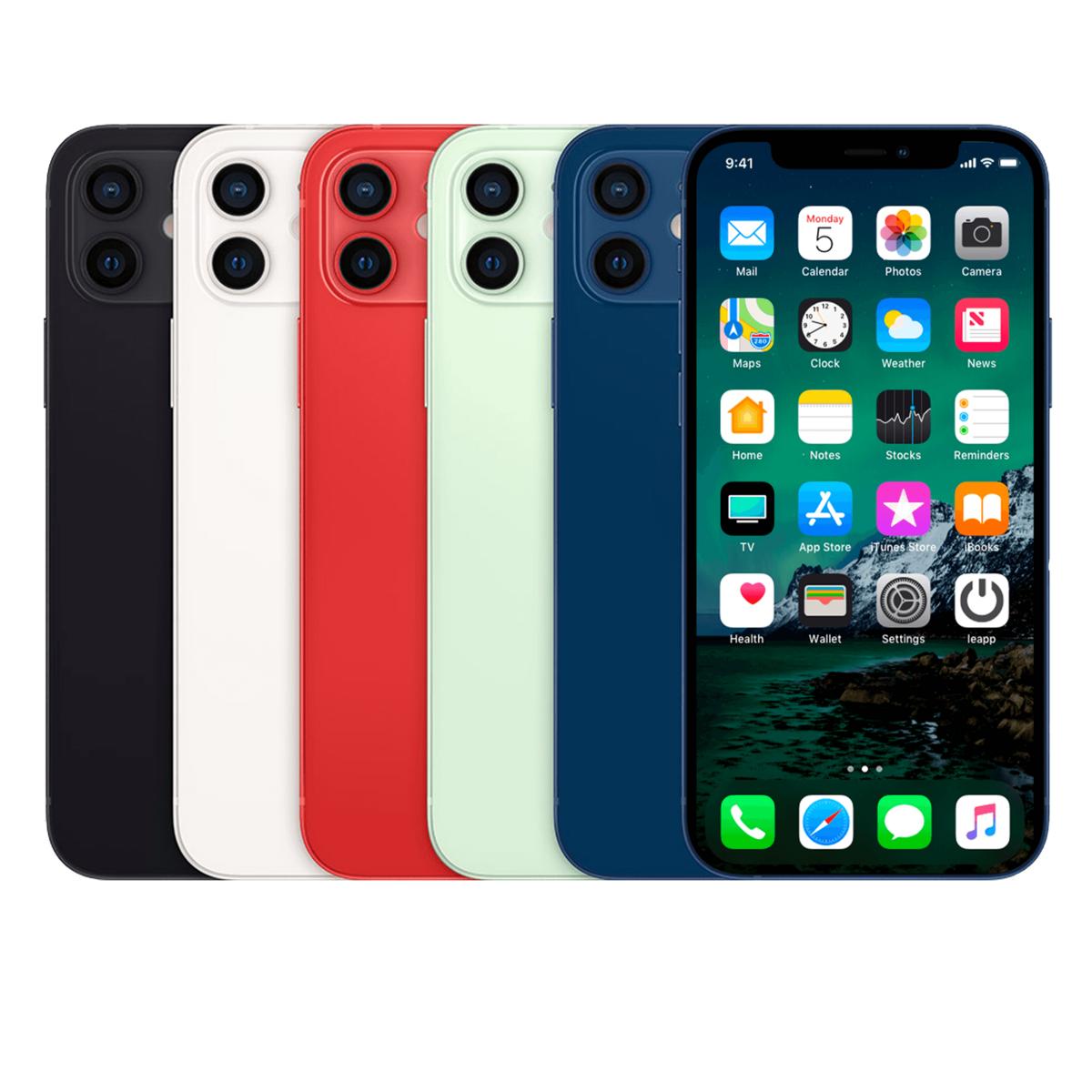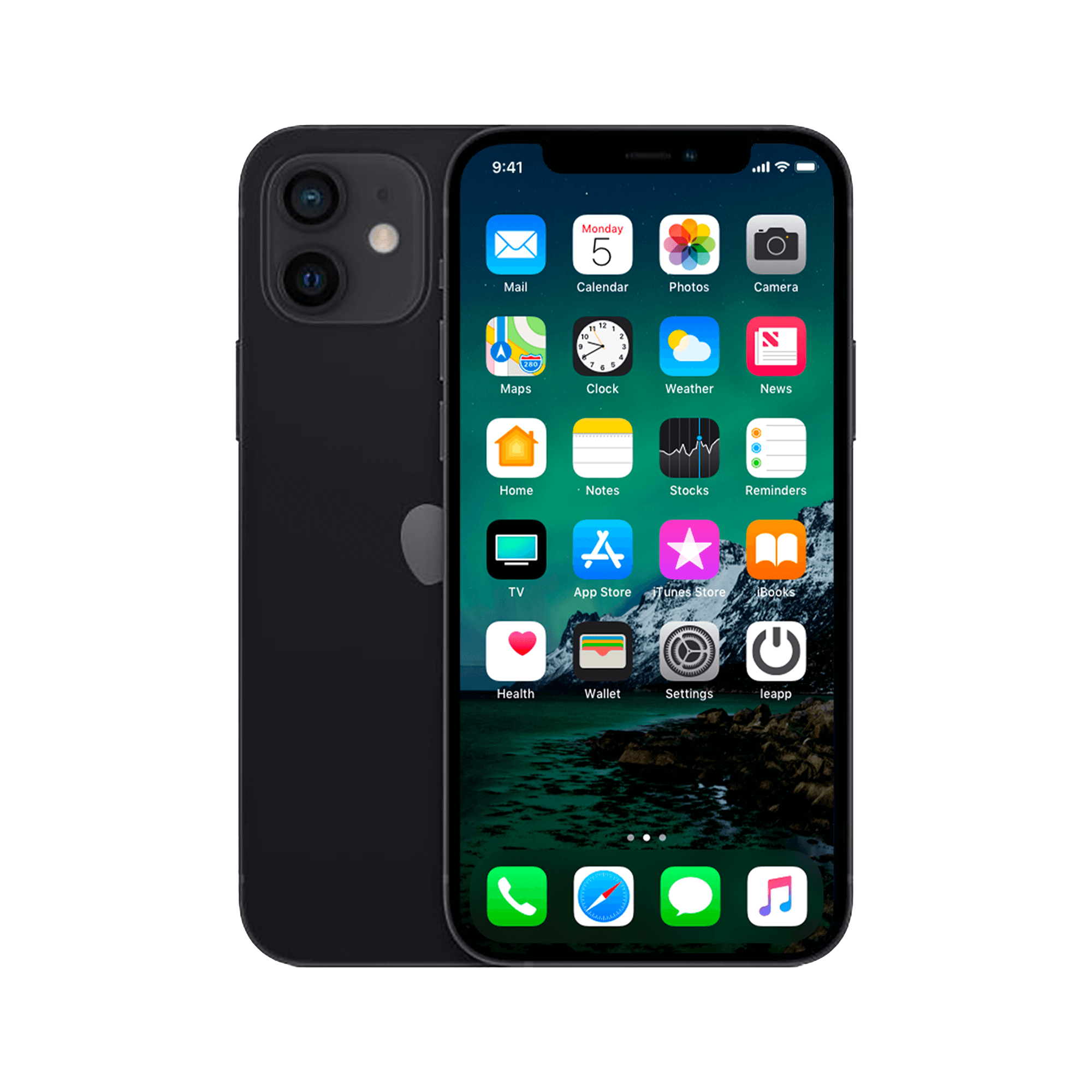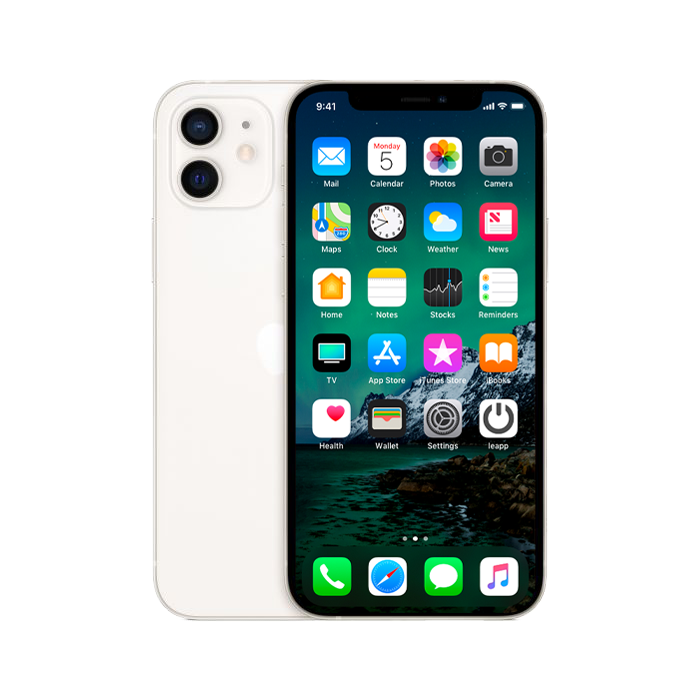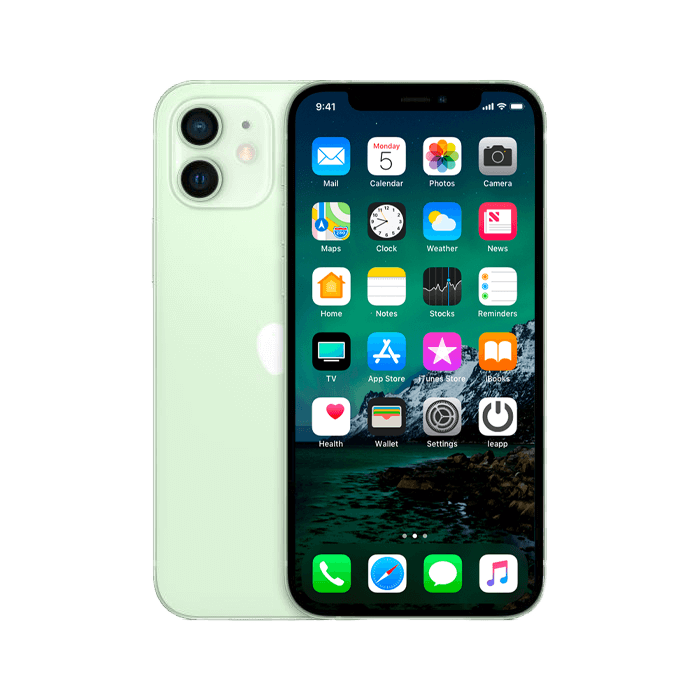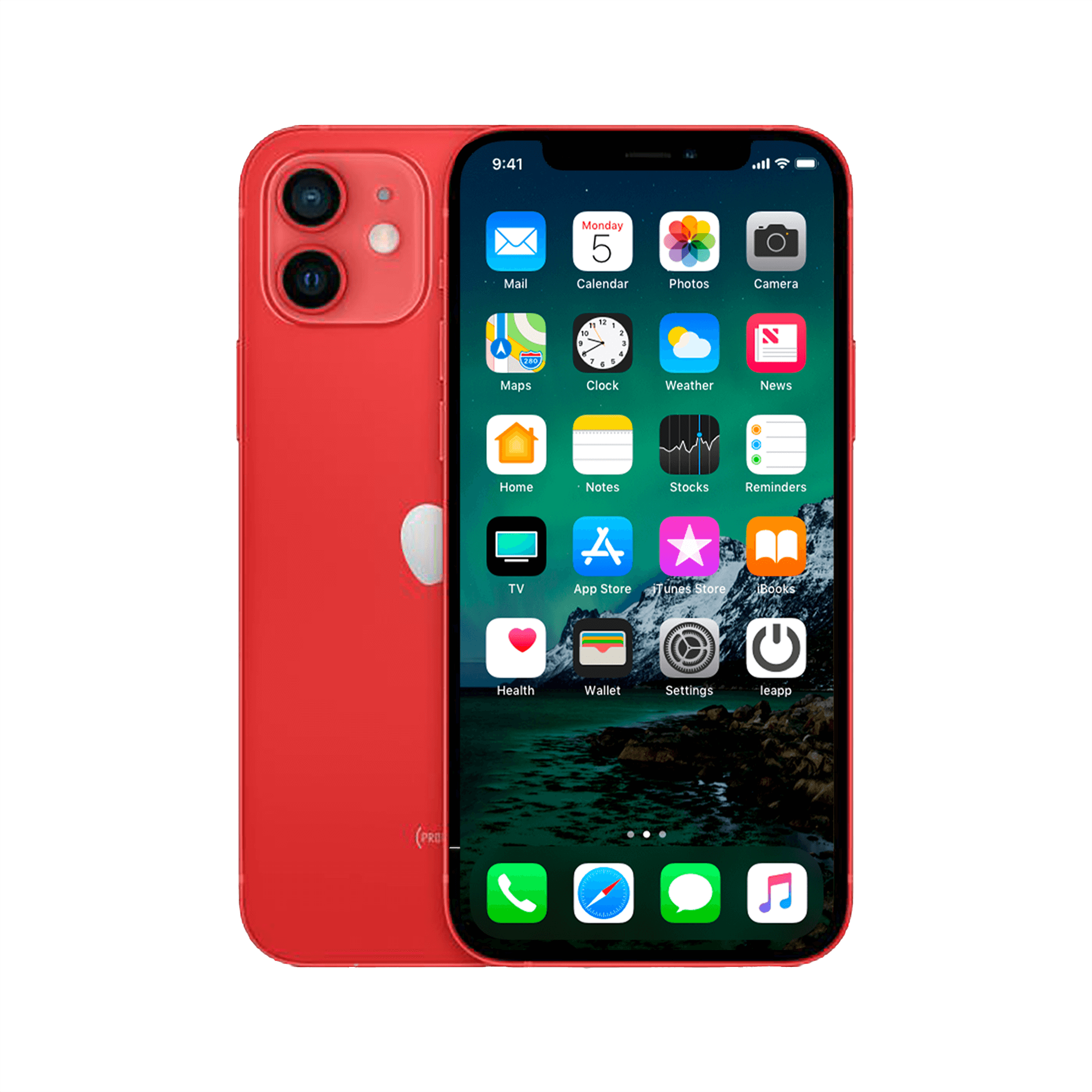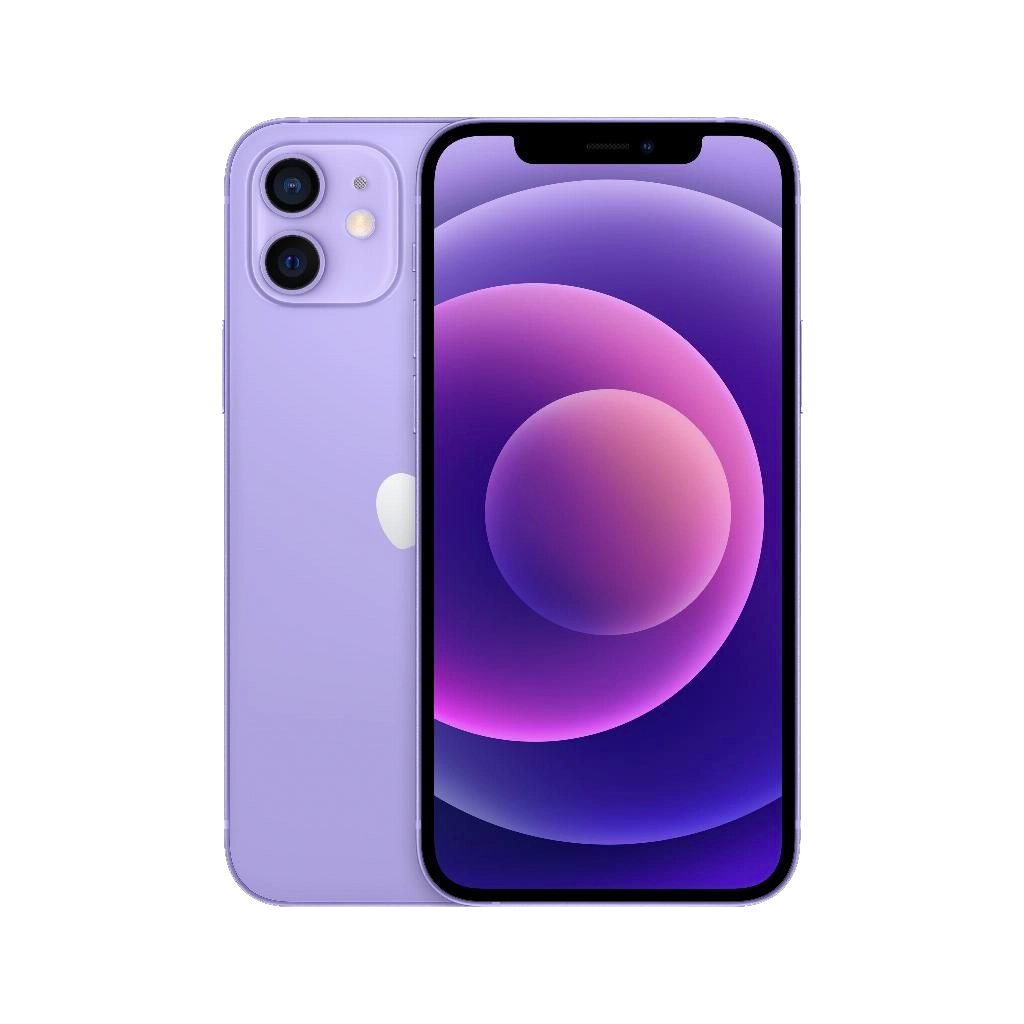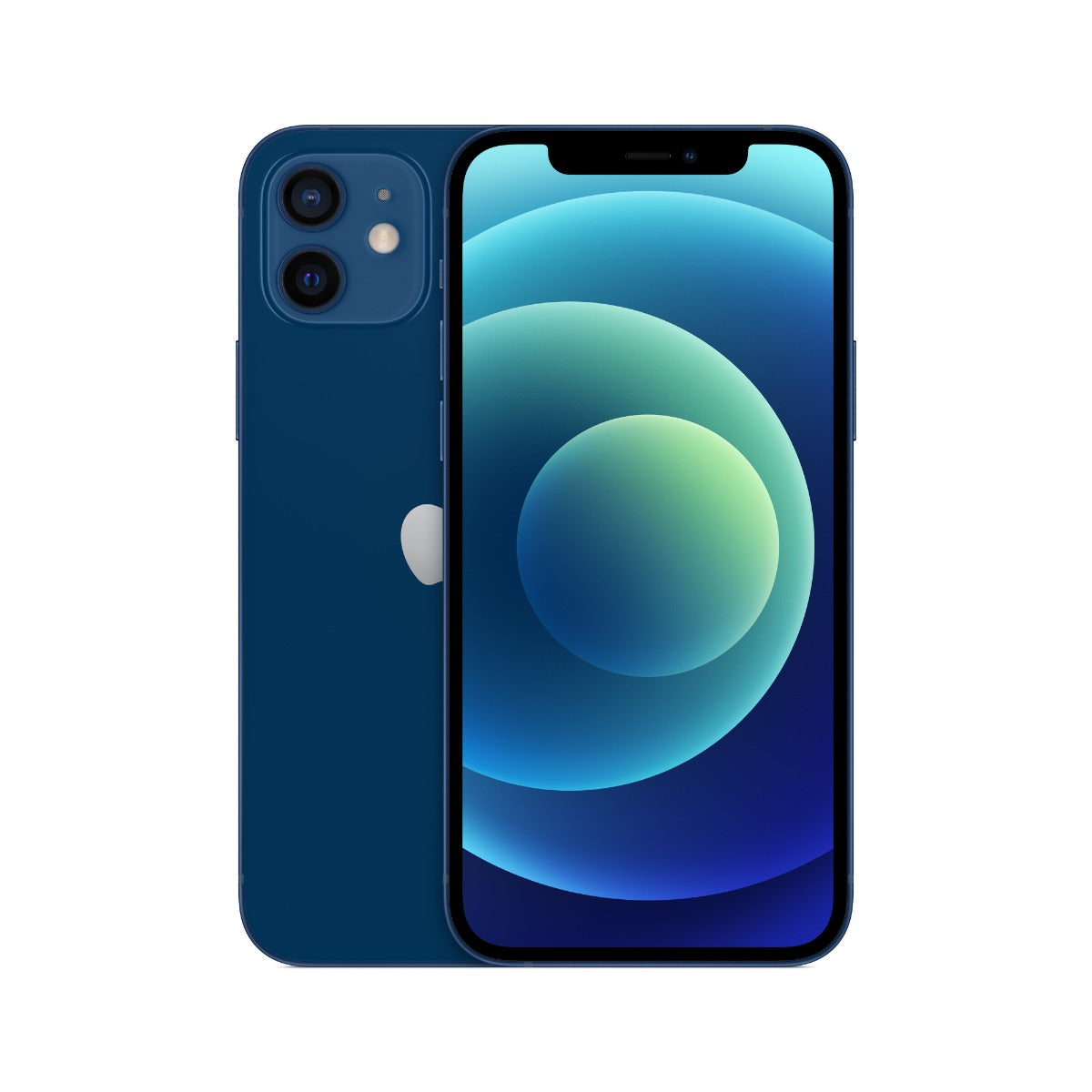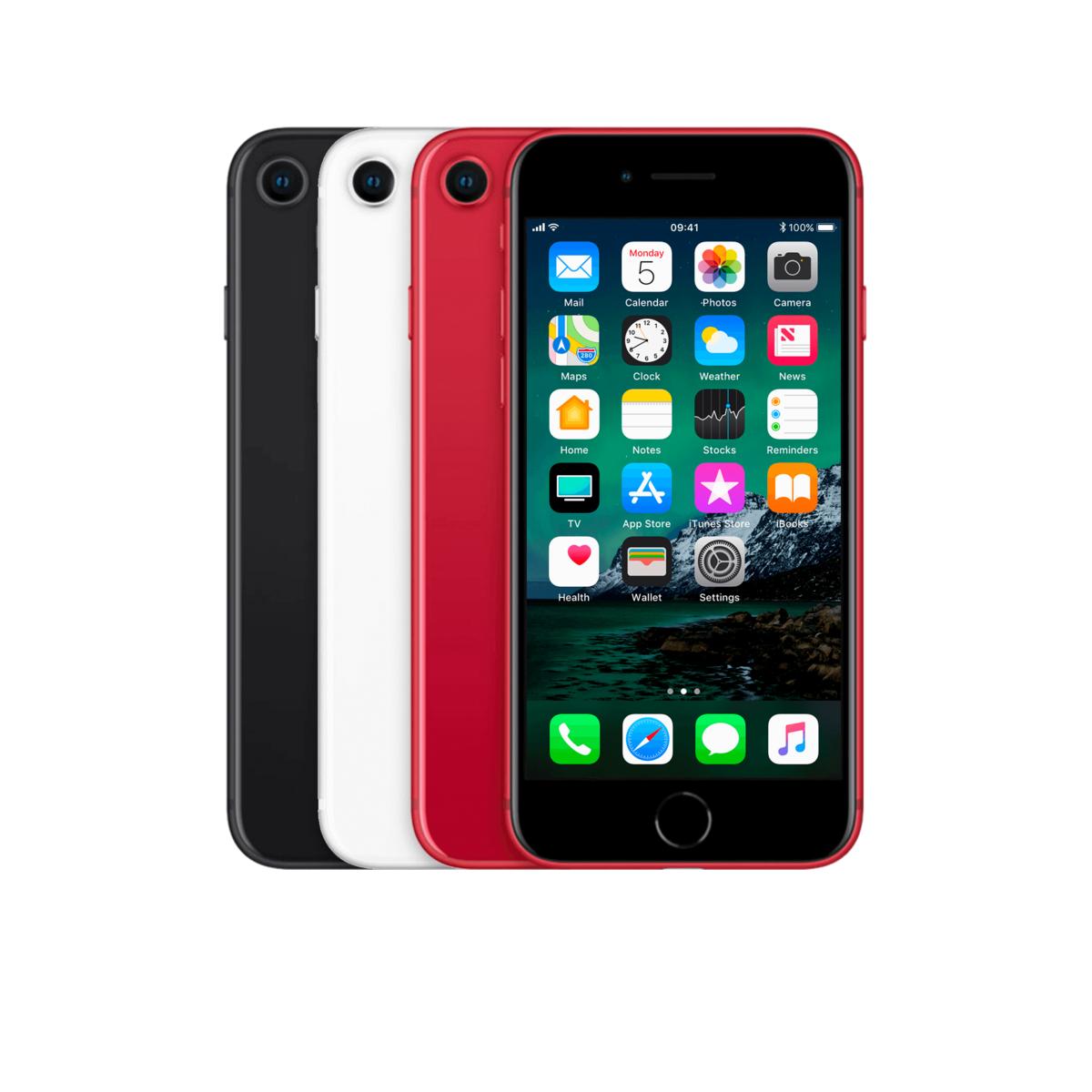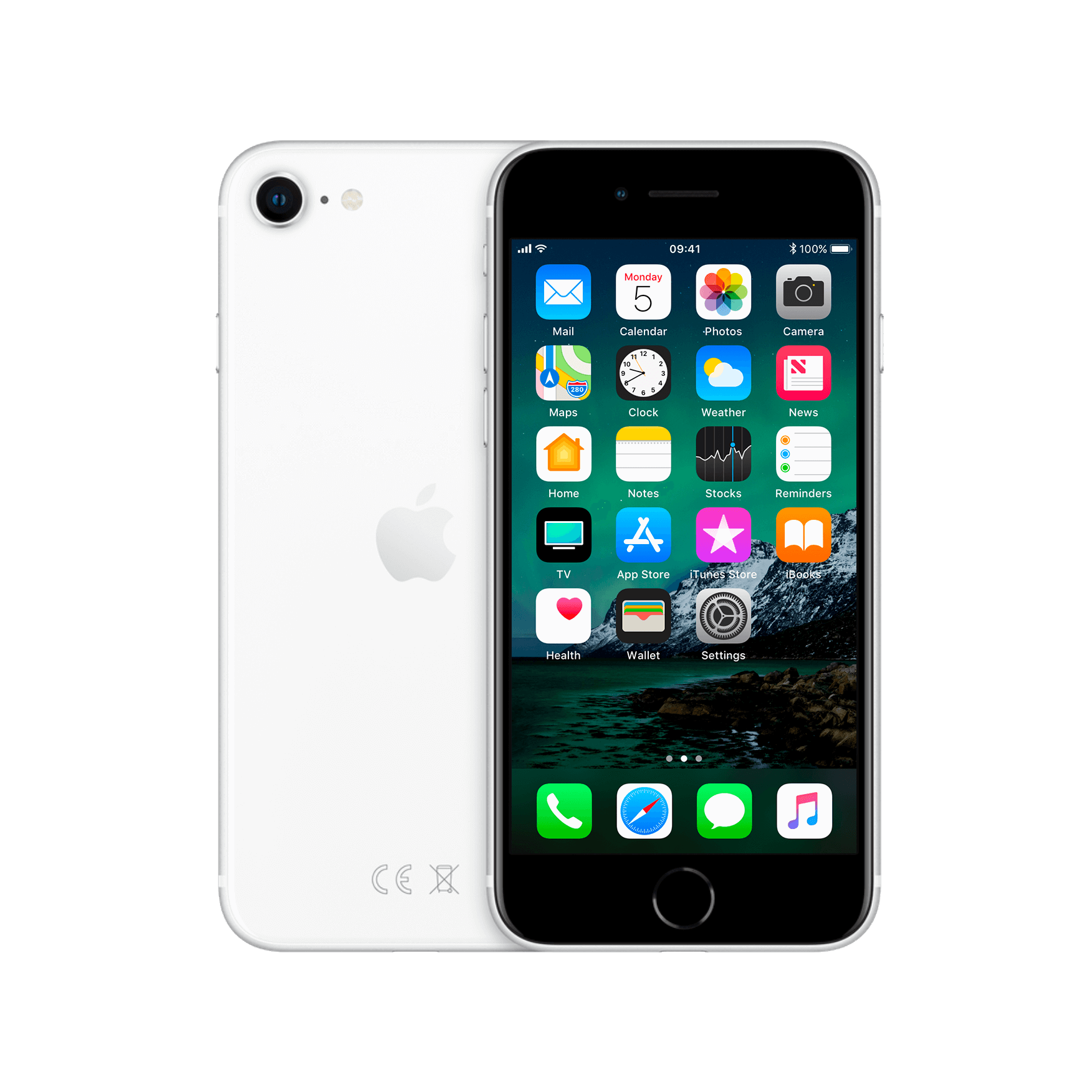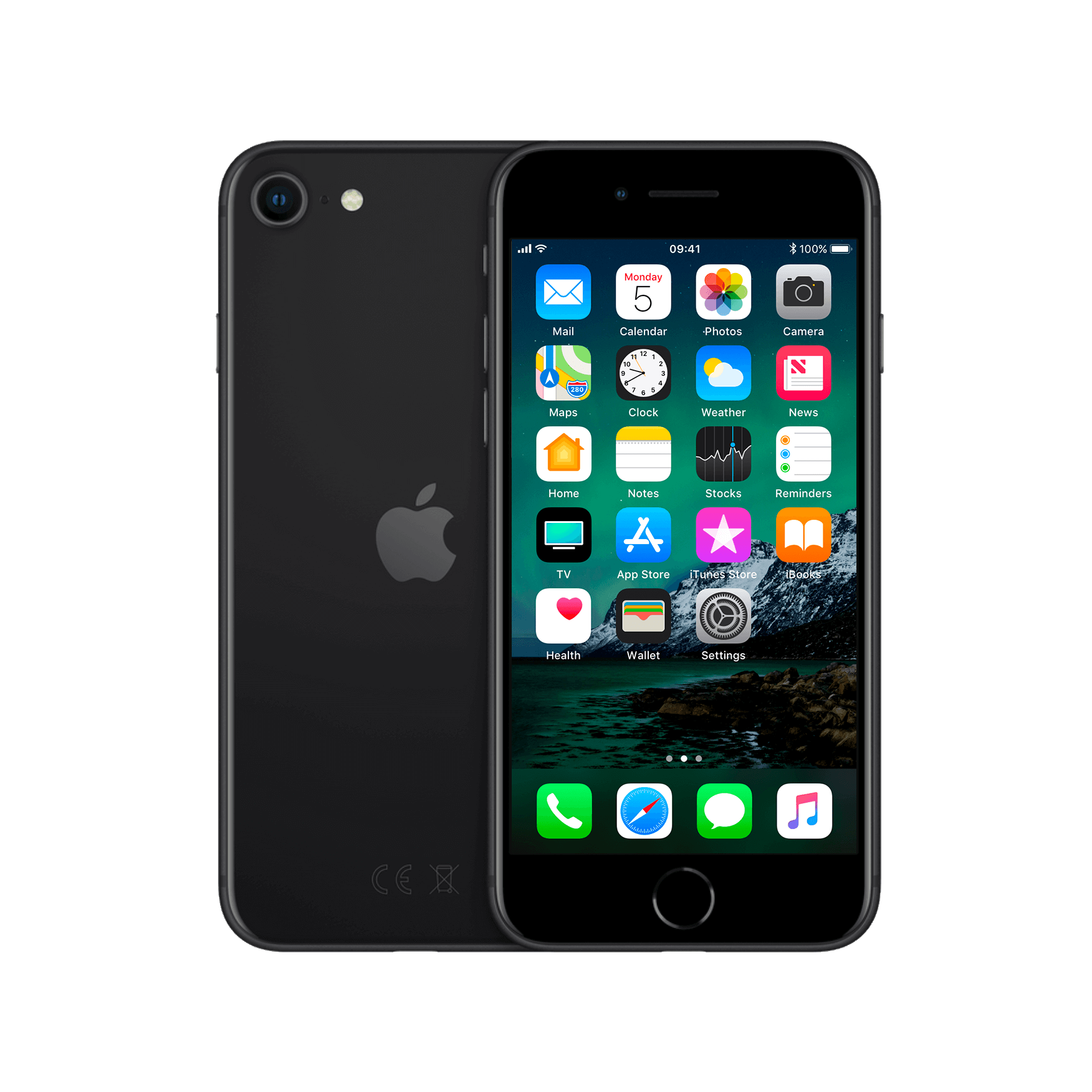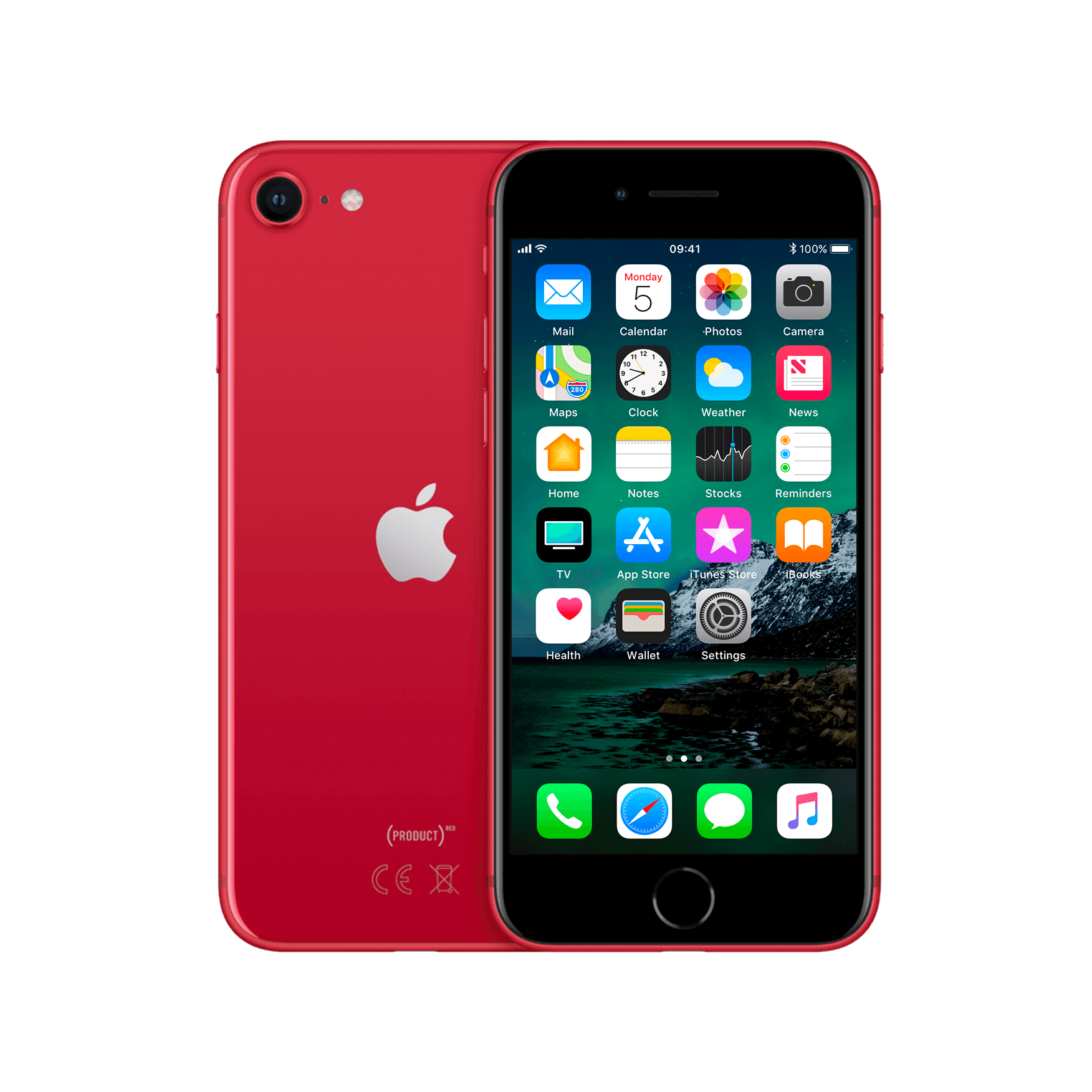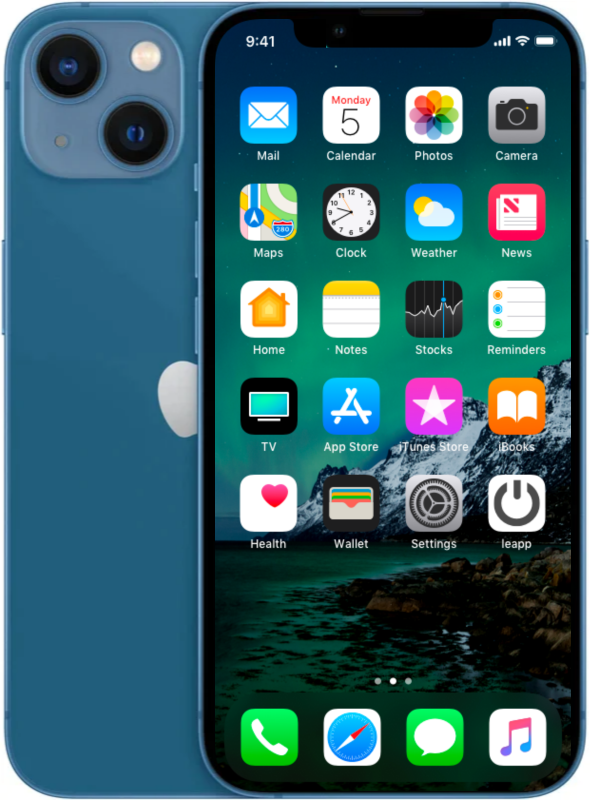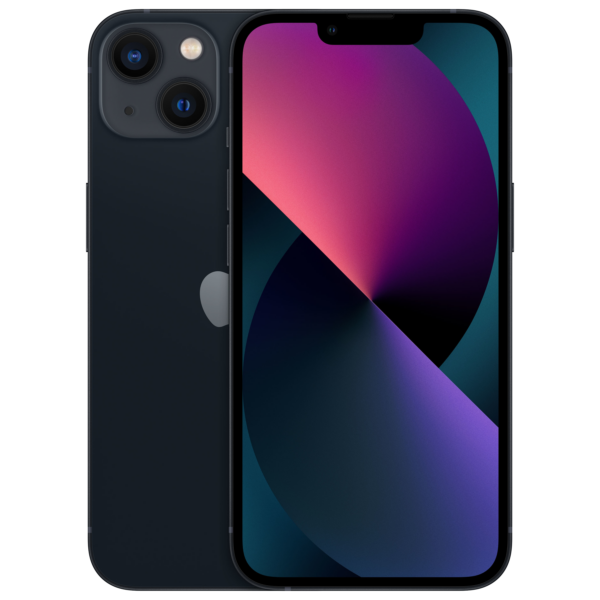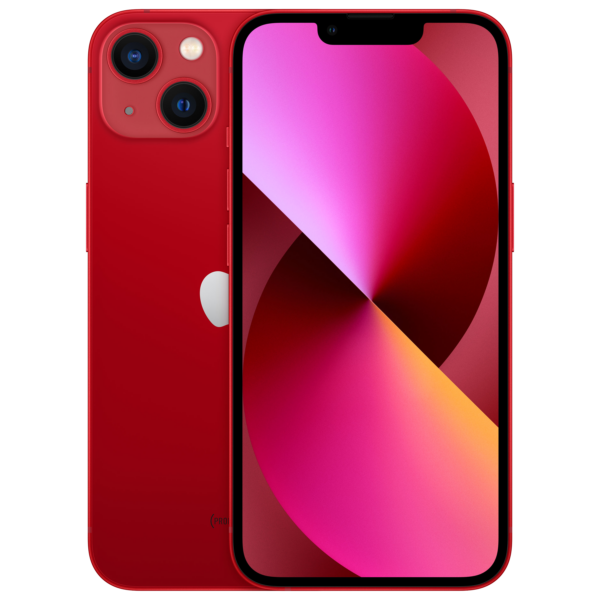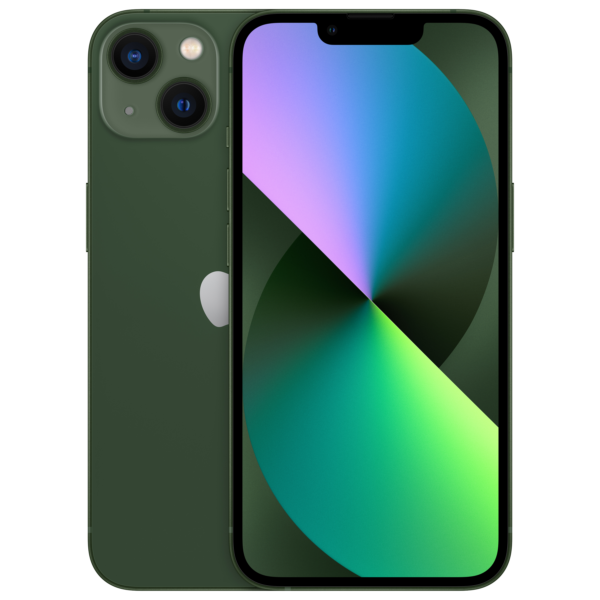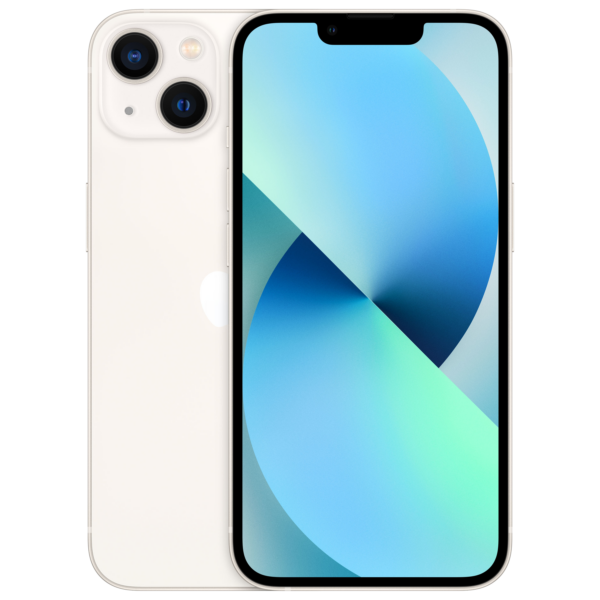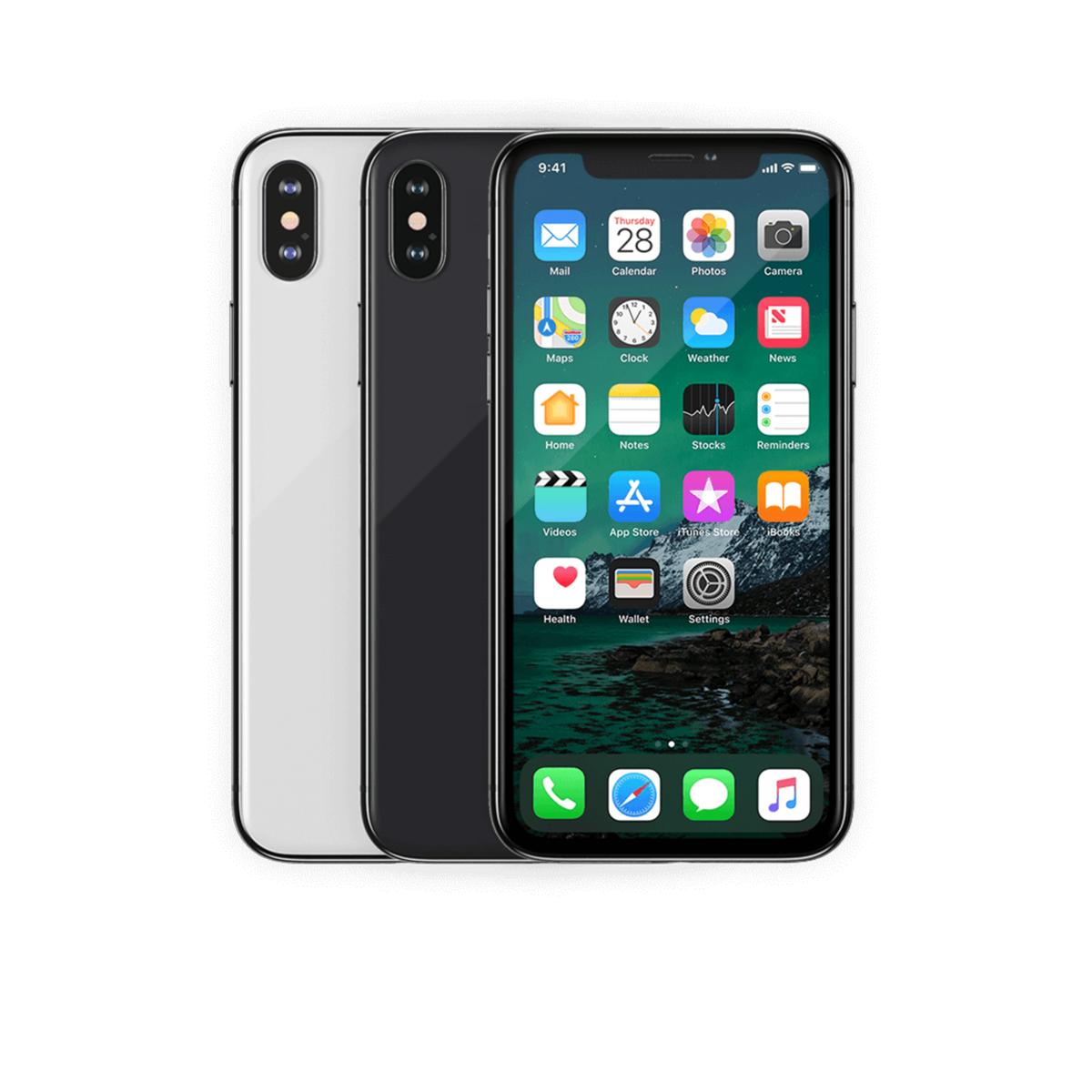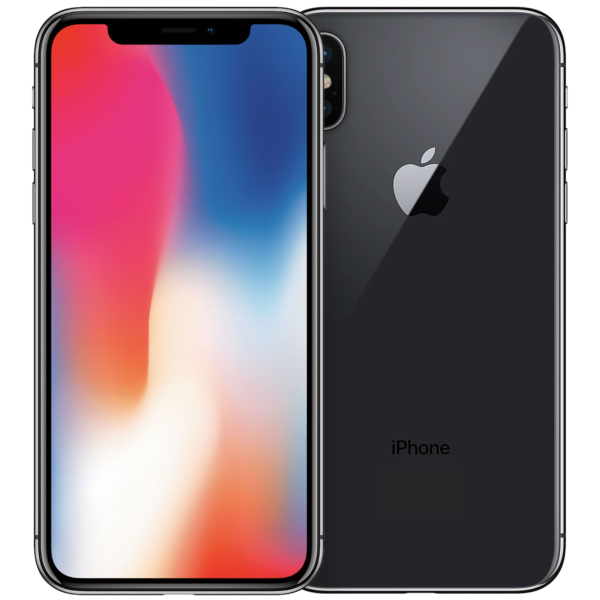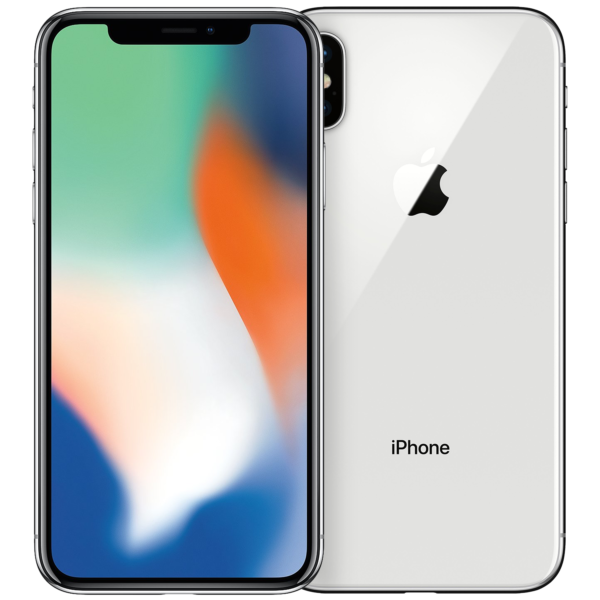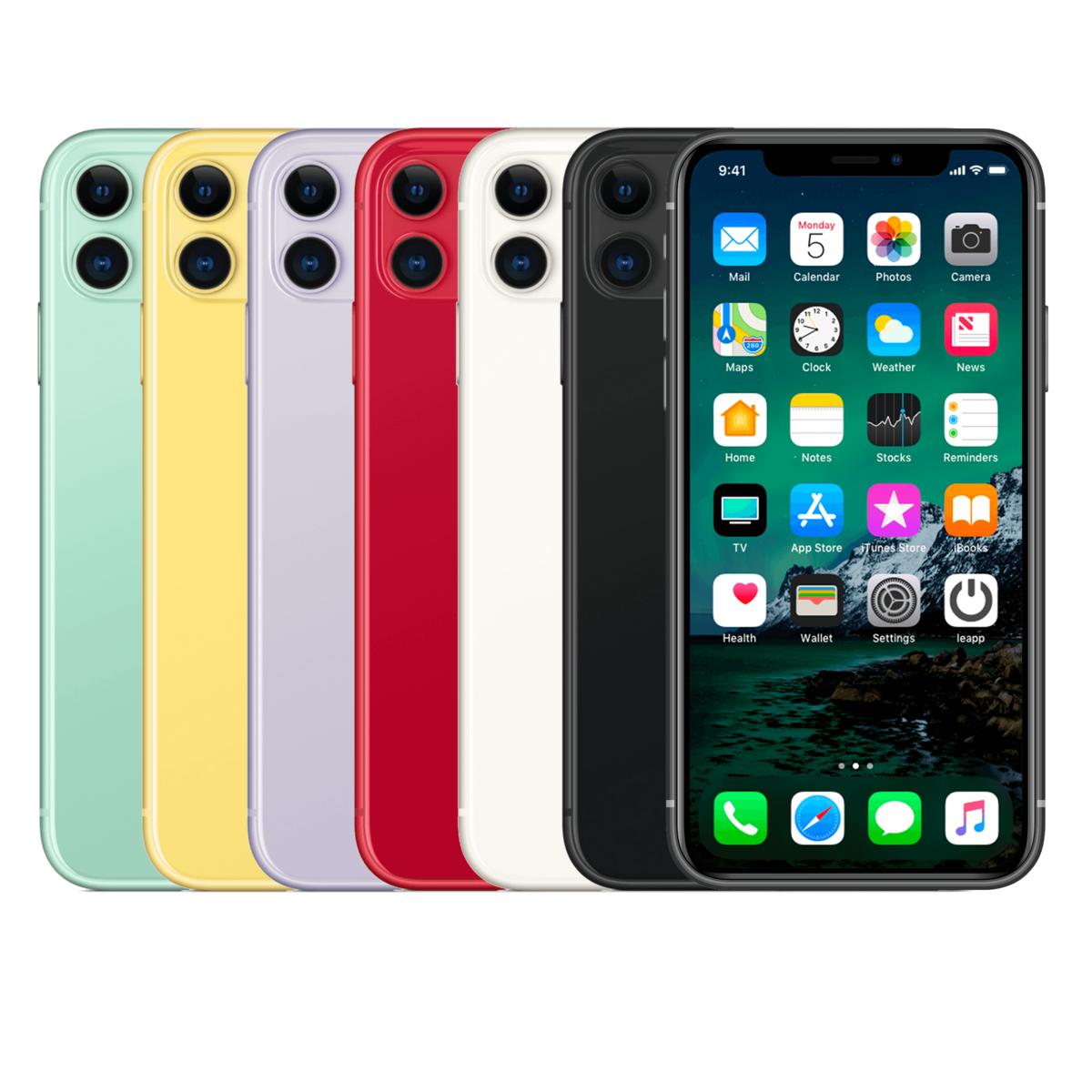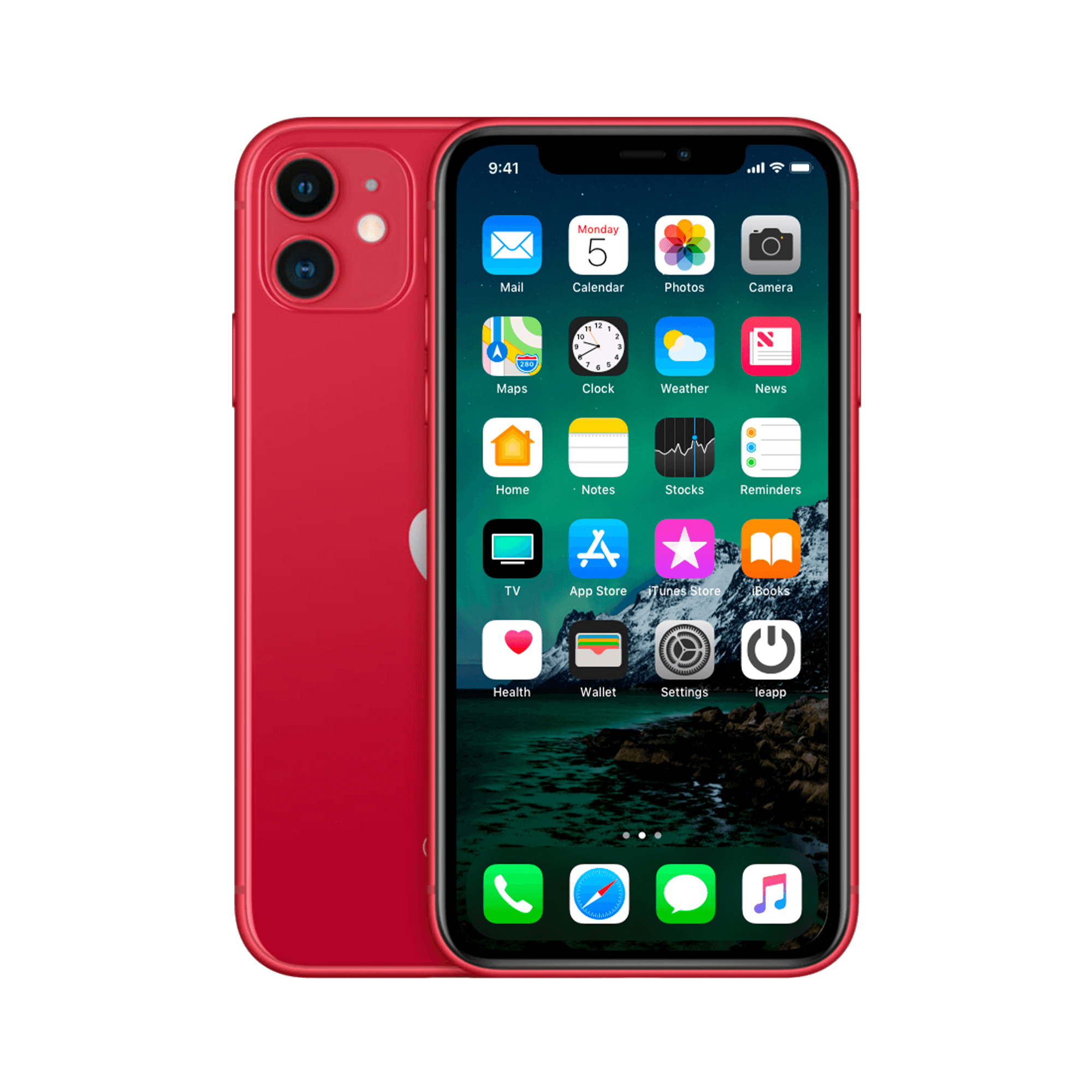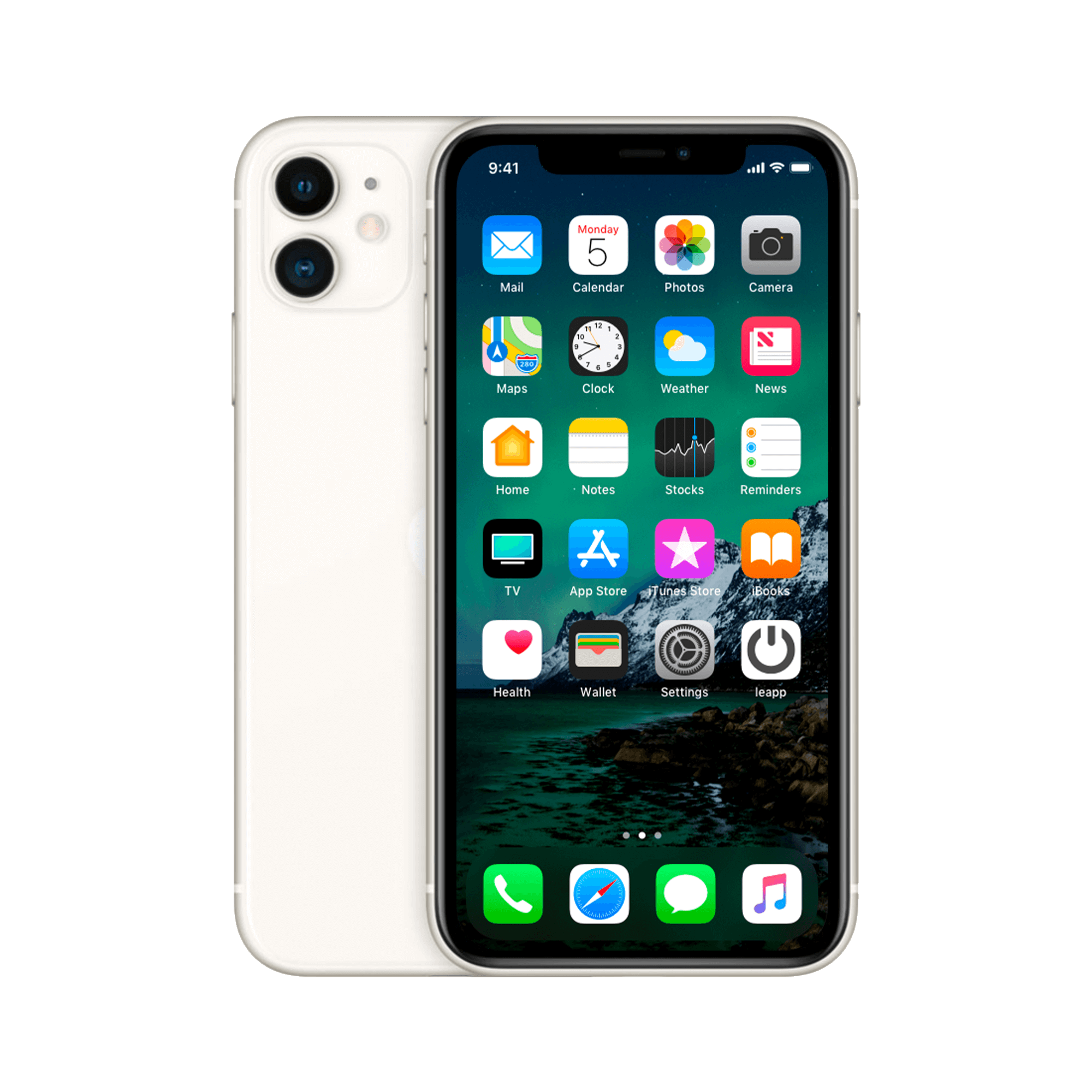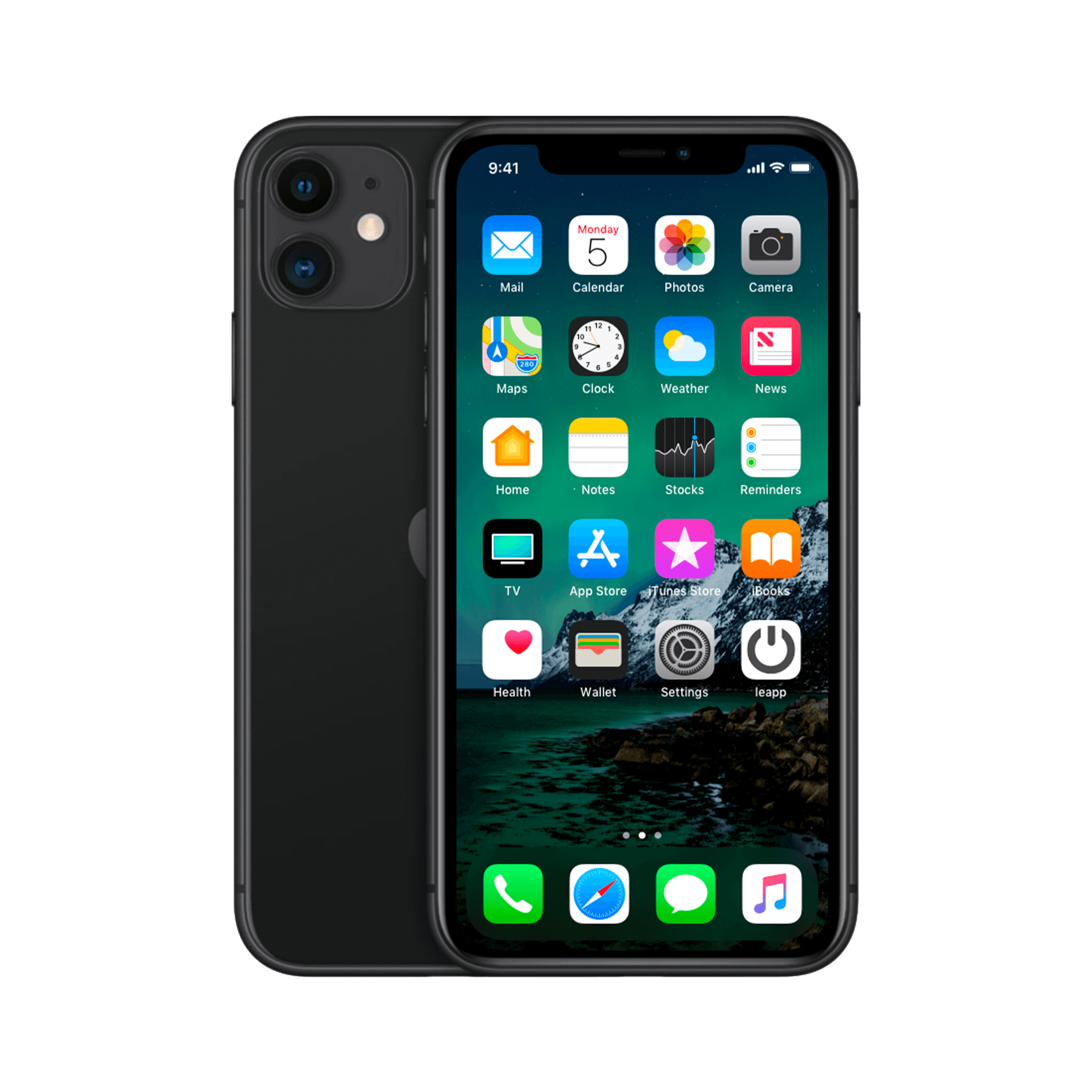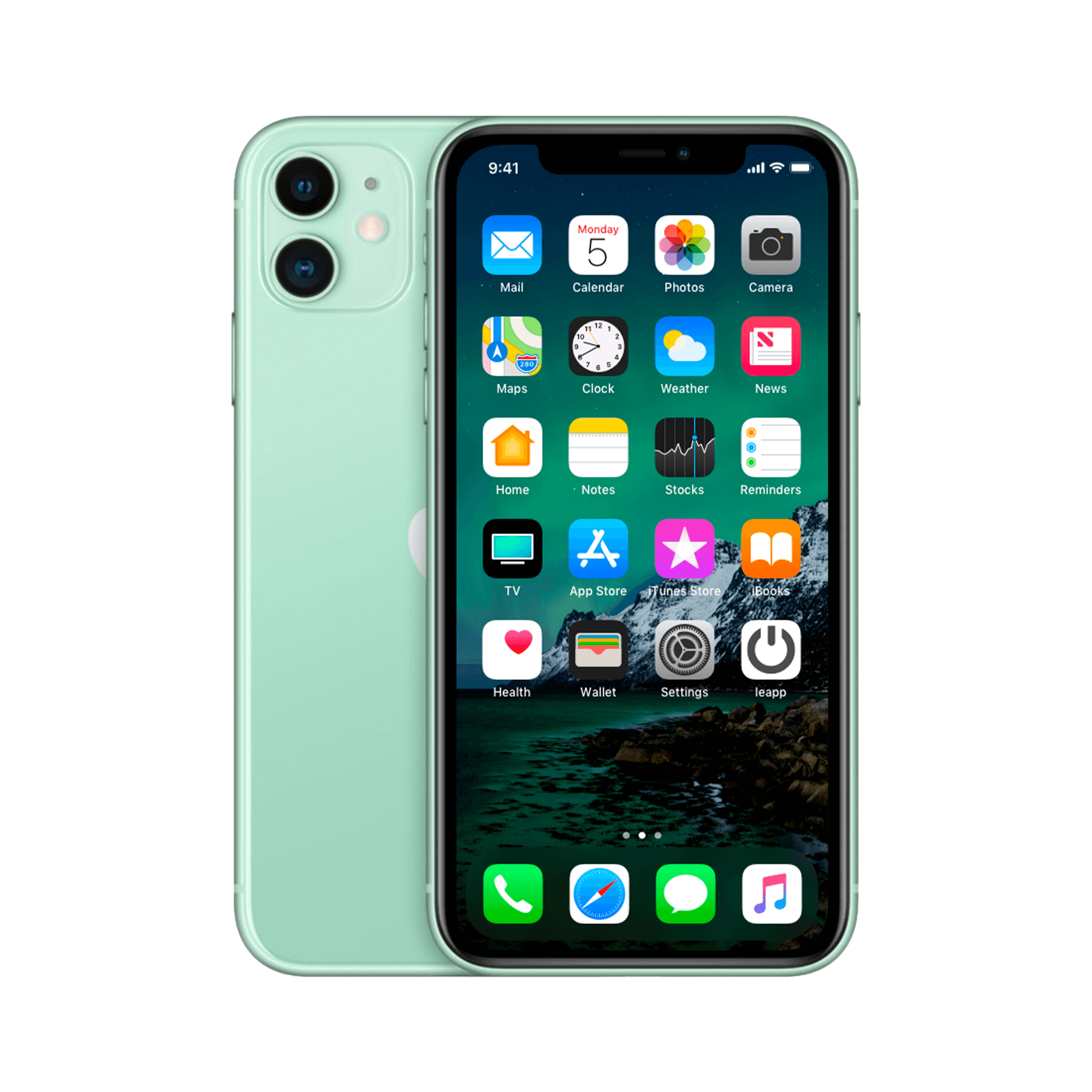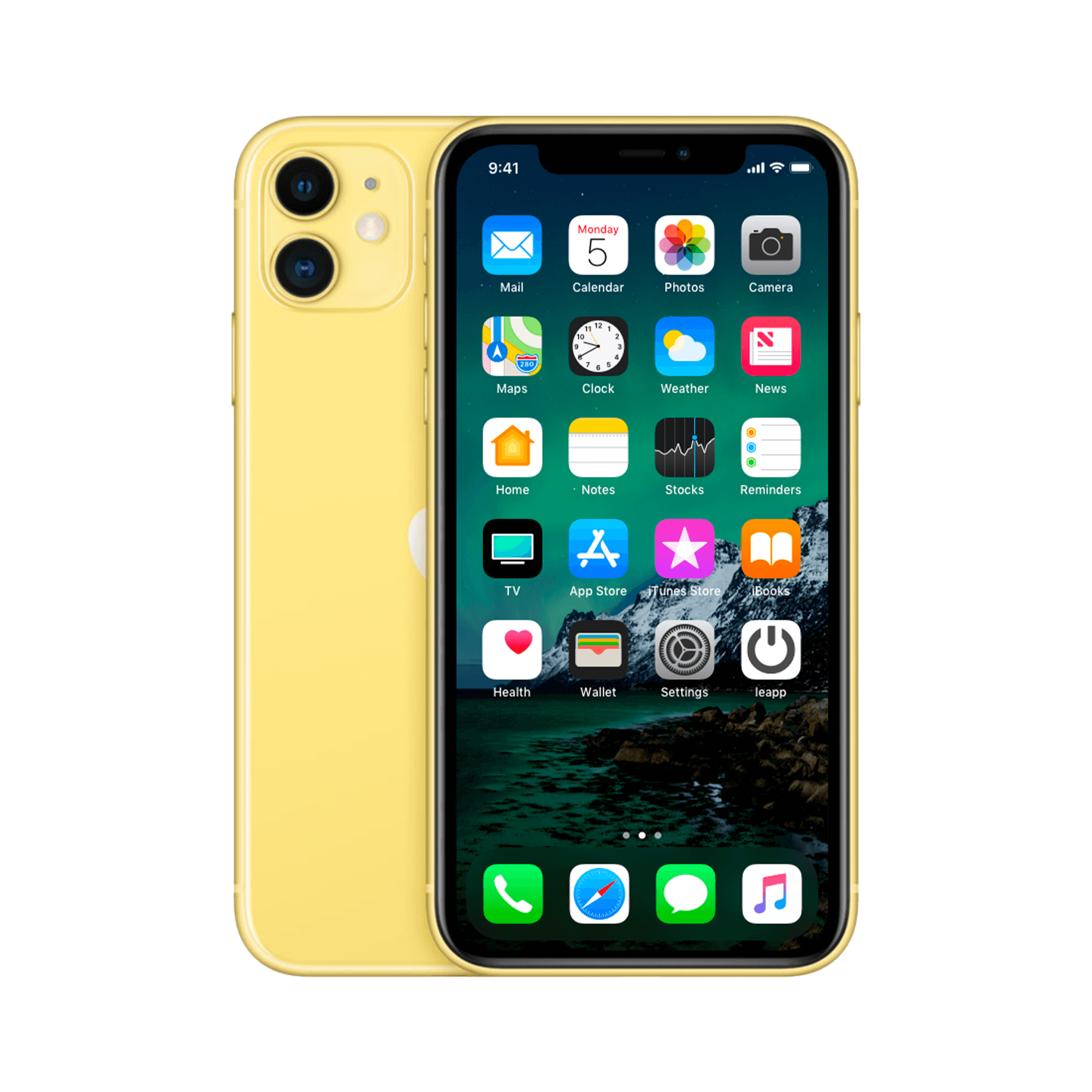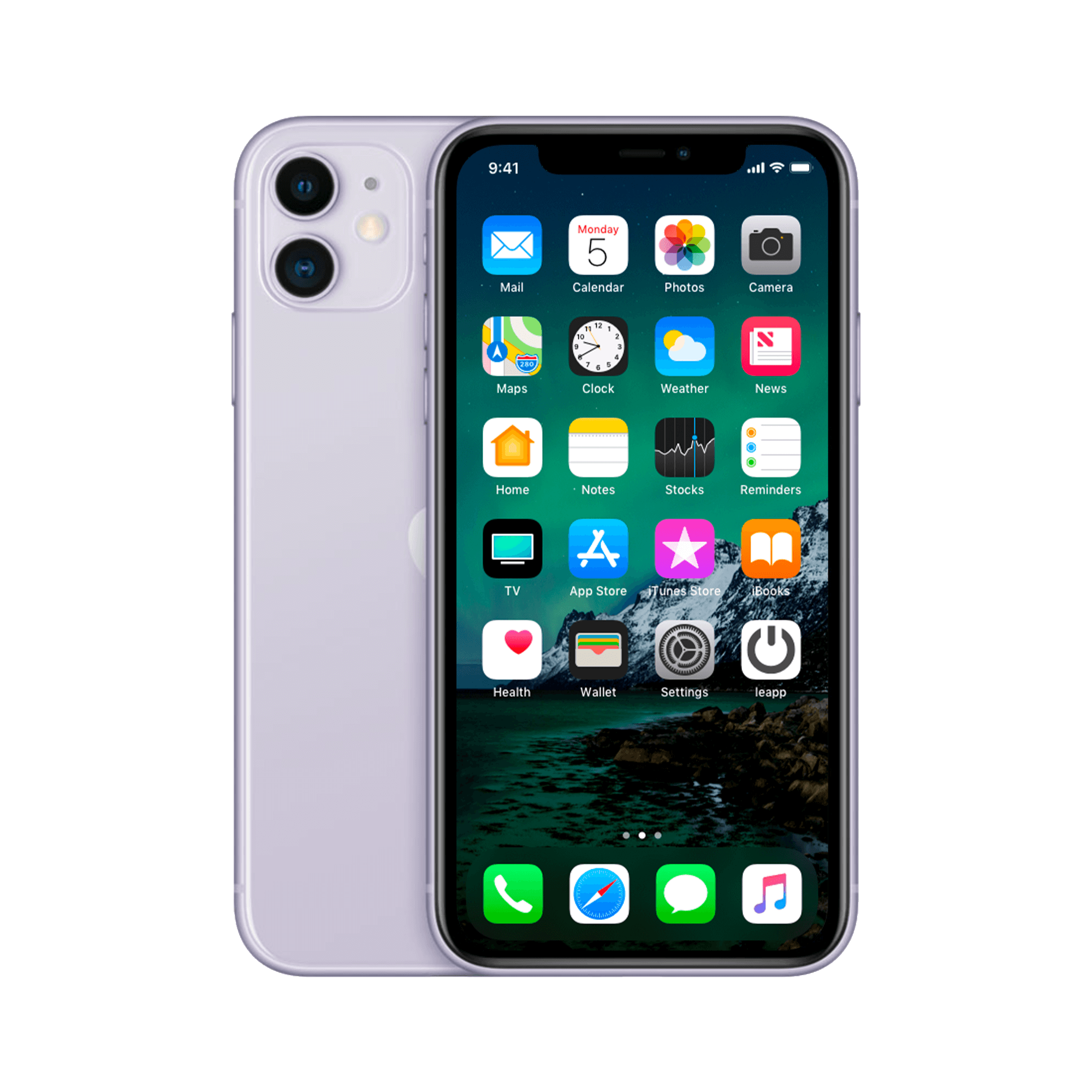Buying a new iPhone? Don't get overwhelmed by the stress of choosing.
Plenty of choices: from the original iPhone from 2007 to the latest iPhone 16. But which one still supports the latest iOS version? Which camera is good enough? And more importantly: do you really need those latest features?
Most people do exactly the same things with their iPhones as they did ten years ago: WhatsApp, taking photos, browsing. A refurbished iPhone from three generations ago does 95% of what you need – for a fraction of the price.
Useful links
From first generation to modern devices
The pioneer years (2007–2010)
iPhone 3G & 3GS
The first step towards mobile internet via 3G. Today, it's mainly a curiosity – practical use is no longer possible.
Larger screens and refinements (2012–2016)
iPhone 5 & 6 series
Bigger screens, a new Lightning connector, and the first Plus models. But now they're really too old to consider. There are better options, even under €300.
iPhone 7 and 8
Waterproof, no longer a headphone jack. No longer supported, so less suitable as an everyday phone.
The Modern Era (2017–2021)
iPhone 11
Introduced ultra-wide angle and night mode. Still a good buy, especially refurbished.
iPhone 12
5G, MagSafe, and Ceramic Shield. Ideal for those who want modern technology but don't need the latest technology.
iPhone 13
Better endurance and cinematic video. Years of software support to come.
The SE line
iPhone SE 2020 and iPhone SE 2022 – classic shape, modern chip. Perfect for those who want small and affordable.
The latest generation (2022–2024)
iPhone 14
Dynamic Island (Pro), crash detection and satellite emergency function.
iPhone 15
USB-C, Titanium Pro models, and 5x telephoto zoom in the Pro Max.
iPhone 16
Larger screens, Capture Button, and integration with Apple Intelligence . The current flagship (in 2025).
Which generation suits your use?
Basic user: iPhone SE 2022 or iPhone 11 .
Photography: iPhone 12 or later.
Budget: iPhones up to €300 or iPhone 11 .
And what if you're not looking for an iPhone?
- Refurbished MacBook – from Air to Pro 16 inch
- Refurbished iPad – including iPad Pro and iPad Air
- Refurbished Apple Watch – from SE to Series 8
- Refurbished iMac – also 27 inches and Mac mini
Conclusion
A refurbished iPhone 11 , 12 , or 13 offers 95% of the performance of an iPhone 16. Choose a device with at least three years of iOS updates, put a screen protector on it, and you're good to go. Upgrading annually? Nonsense for 99% of users.


